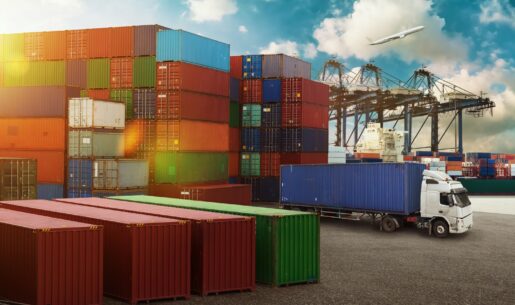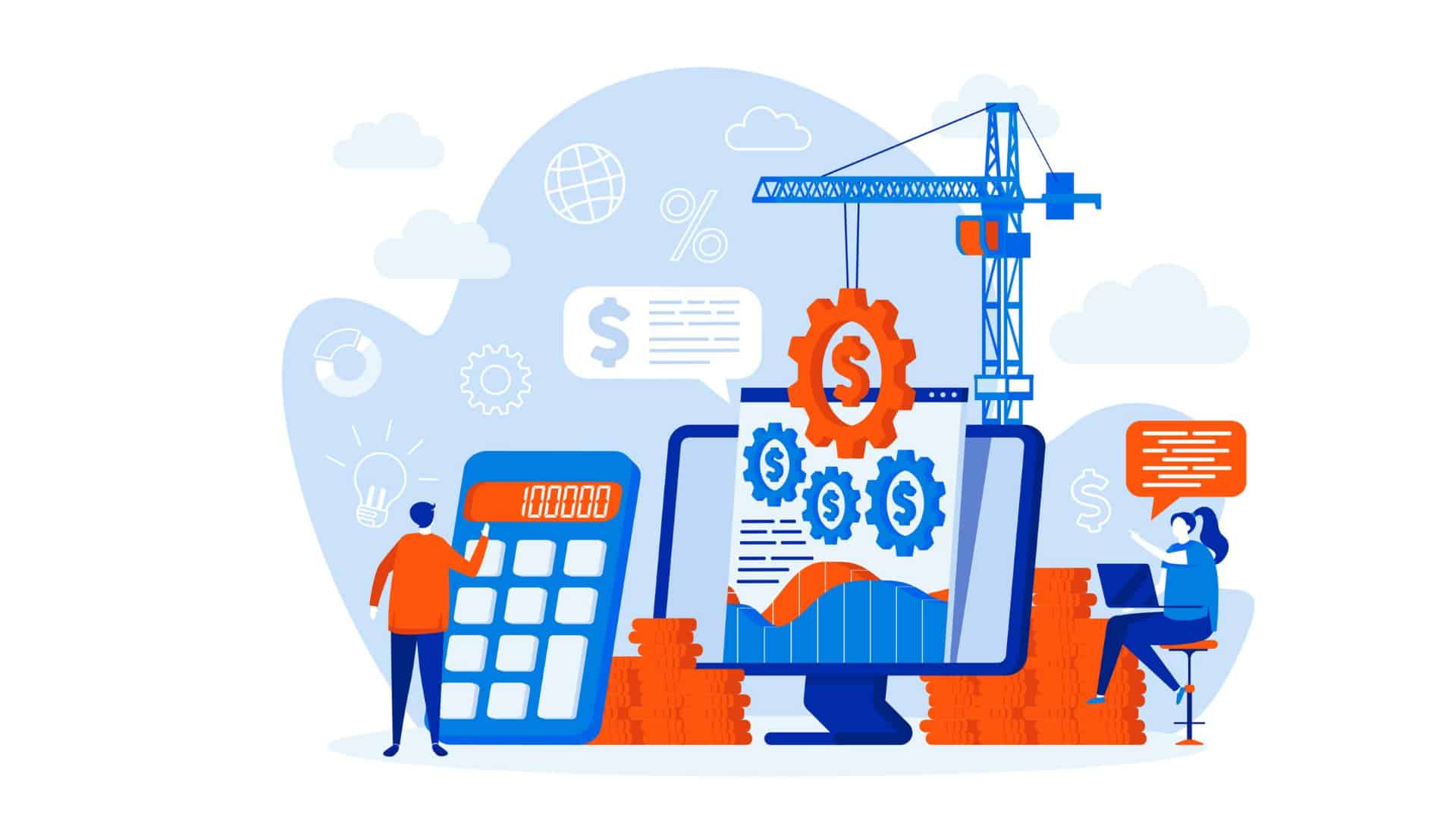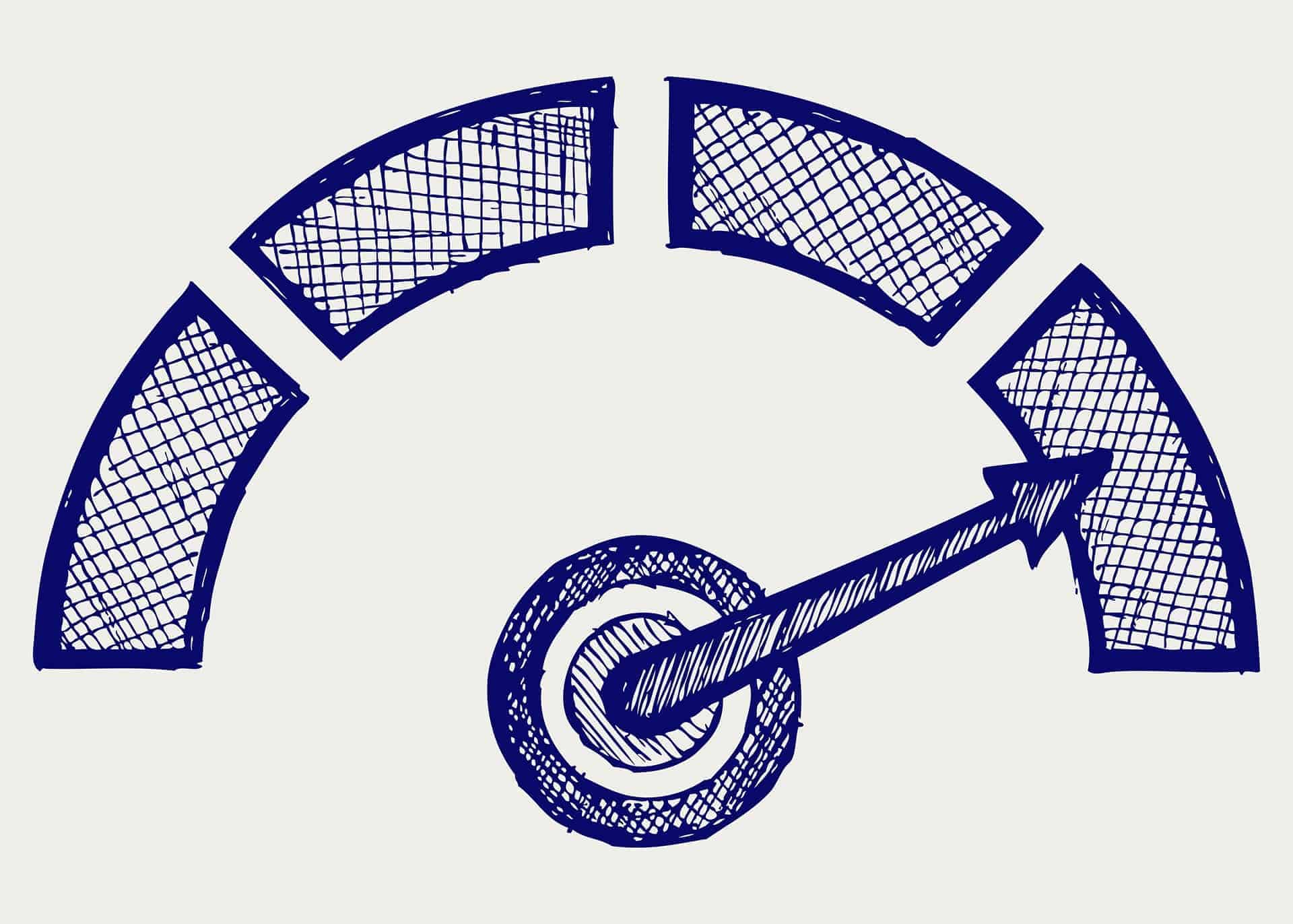Evolving Role of AI in Supply Chain Risk Management
As businesses continue to expand globally, supply chain risk management has become an increasingly important aspect of operations. With the rise of artificial intelligence (AI), companies are now able to better manage and mitigate risks in their supply chains.
What Is the Meaning of SCRM?
SCRM, meaning supply chain risk management, is the process of identifying, assessing, and responding to potential risks that could have an impact on the supply chain. It involves monitoring for fraud, reviewing payment notifications, verifying customer information, and implementing preventive measures to reduce the chance of fraud or other losses.
SCRM is crucial for businesses due its various benefits and implications on organizational success. Some of the key reasons highlighting the importance of supply chain risk management are as follows:
- Business Continuity: A well-managed supply chain risk management process helps maintain business continuity by identifying potential threats, assessing their impact and establishing contingency plans to mitigate disruptions.
- Cost Control: Effective SCRM helps organizations optimize their supply chain costs by anticipating and managing risks, such as fluctuating demand, supplier lead times, and logistics disruptions, thus ensuring smooth operations and better financial performance.
- Competitive Advantage: Companies with robust SCRM processes have better visibility and control over their supply chain, enabling them to respond faster to market changes, identify new opportunities and provide better service to customers.
- Compliance: SCRM helps organizations comply with regulatory requirements by ensuring that all partners in the supply chain follow the necessary standards, such as quality assurance, environmental and safety regulations, and ethical sourcing practices.
- Reputation Management: Effective SCRM can prevent or minimize the impact of supply chain incidents that could damage brand reputation and customer trust, such as product recalls, unethical labor practices or environmental catastrophes.
- Improved Collaboration: SCRM encourages organizations to develop strong relationships with supply chain partners by sharing information, planning jointly and aligning strategies, resulting in better risk mitigation and overall supply chain performance.
- Increased Agility: Effective SCRM practices enable companies to identify risks and vulnerabilities early, helping them adapt quickly to changing environments, market trends and emerging risks, thus maintaining supply chain resilience.
Related article: Will Disruptions Make Supply Chains More Vulnerable to Attack?
What Is the Supply Chain Risk Management Process?
The process of supply chain risk management (SCRM) typically consists of the following steps:
Risk Identification
The first step is to identify potential risks and vulnerabilities that could impact the supply chain. This involves examining various internal and external factors, such as supplier capacities, geographical issues, political instability, transportation disruption, and cyber threats.
Risk Assessment
Once the risks are identified, the next step is to assess their likelihood and potential impact on the supply chain. This can be done using quantitative methods (e.g., probability models, data analysis) or qualitative methods (e.g., expert opinions, scenario analysis). The assessment helps in prioritizing risks according to their significance.
While SCRM is focused on the overall process of identifying, assessing, mitigating, and monitoring risks in the supply chain, supply chain risk analysis is primarily concerned with identifying and assessing those risks and vulnerabilities. Here’s how supply chain risk analysis is different:
- Focus on identification: Risk analysis identifies the various risks and vulnerabilities in the supply chain. This includes potential sources of disruption, such as natural disasters, political instability, supplier financial problems, and logistical failures.
- Risk categorization: The risk analysis process involves categorizing the identified risks based on their potential impact and likelihood of occurrence. By understanding the different types of risks, organizations can prioritize their mitigation efforts and allocate resources more effectively.
- Quantitative and qualitative assessment: Supply chain risk analysis uses quantitative techniques (e.g., probabilistic models, scenario analysis, and simulations) and qualitative methods (e.g., expert opinions, industry reports, and historical data) to assess the likelihood and impact of potential risks.
- Risk mapping: Part of the risk analysis process is creating a clear and visual representation of identified risks, their interdependencies, and their potential impacts on the overall supply chain. This can be done using tools like risk matrices, heat maps, and network diagrams.
- Supporting decision-making: The primary goal of supply chain risk analysis is to provide decision-makers with the necessary information to make informed choices about risk mitigation and contingency planning. The outputs of risk analysis are used to develop effective risk management strategies in the broader SCRM process.
Related article: Risk Management, Risk Assessment or Risk Analysis: What’s the Difference?
Risk Mitigation
Appropriate strategies are developed in this phase to manage and mitigate the identified risks. This can include altering sourcing strategies, diversifying suppliers, increasing inventory levels, or implementing robust information systems. The goal is to reduce the likelihood of risks occurring or minimize their impact if they occur.
Risk Monitoring
Continuous monitoring of the supply chain is essential to ensure that all identified risks are effectively managed and detect any new or emerging risks. This involves regularly reviewing risk assessments, evaluating the effectiveness of mitigation strategies, and updating contingency plans.
Contingency Planning
Developing plans to respond to potential disruptions can help ensure business continuity and reduce the impact of risks. This may involve establishing alternate suppliers, adjusting production schedules, or implementing stockpiling strategies. Contingency plans should be tested and updated regularly.
Information Sharing and Collaboration
Effective SCRM requires open communication and collaboration between all parties involved in the supply chain. Sharing information about risks, vulnerabilities, and best practices can help improve overall supply chain resilience.
Continuous Improvement
SCRM is an ongoing process, involving regular assessments and adjustments based on changing circumstances, industry trends, and lessons learned. Organizations can enhance their supply chain resilience by continuously reviewing and improving risk management strategies.
Following these steps can help organizations effectively manage and mitigate risks within their supply chain, ensuring business continuity, cost control, and maintaining a competitive advantage in the marketplace.
Related article: What You Should Know about SOC for Vendor Supply Chain Assessments.
How Are Supply Chain Risks Categorized?
Supply chain risks can be classified into different categories based on various factors such as source, impact, and nature. A common way to classify supply chain risks is as follows:
External Risks
These risks emerge from factors beyond the organization’s control and typically affect the entire supply chain. Some examples of external risks include:
Environmental Risks
- Natural disasters, extreme weather events, and climate change.
- Political and legal risks: Political instability, trade restrictions, and changes in regulations.
- Economic risks: Market fluctuations, fluctuations in demand, currency volatility, and economic crises.
- Social risks: Labor strikes, disruptions in consumer behavior, and demographic changes.
- Technological risks: Innovation disruptions, obsolescence, and cybersecurity threats.
Internal Risks
These risks arise from factors directly related to the organization and its supply chain operations. Some examples of internal risks include:
- Operational risks: Equipment failures, production delays, quality issues, and logistics disruptions.
- Financial risks: Liquidity problems, bankruptcy of suppliers or customers, and changes in interest rates or exchange rates.
- Organizational risks: Management decisions, mergers and acquisitions, and changes in corporate strategy.
- Information risks: Loss or corruption of data, systems failure, or inadequate information management.
Supply Risks
These risks involve aspects directly related to suppliers and their ability to deliver goods and services. Examples of supply risks include:
- Supplier performance risks: Supplier’s inability to meet quality, quantity, or delivery requirements.
- Supplier financial risks: Supplier bankruptcy or financial instability.
- Capacity risks: Insufficient production capacity of suppliers to meet demand.
- Geographical risks: Concentration of suppliers in a specific region that is prone to natural disasters or political instability.
Demand Risks
These risks are associated with the demand side of the supply chain and primarily focus on the customers. Some examples of demand risks include:
- Customer preference risks: Shifts in customer preferences or trends that may impact product demand.
- Forecasting risks: Inaccurate demand forecasts leading to excess or insufficient inventory.
- Concentration risks: Dependency on a limited number of customers, making the organization vulnerable to shifts in customer behavior.
By classifying supply chain risks into these categories, organizations can better understand and prioritize them, allowing for targeted risk management strategies and improved supply chain resilience.
Related article: How Enterprises Can Evaluate Positive and Negative Risks.
Supply Chain Risk Management Practices
Effective supply chain risk management (SCRM) practices are essential for organizations to safeguard their supply chain operations and maintain business continuity. Some of the most important SCRM practices include:
- Risk Assessment and Prioritization: Conduct regular assessments to identify and prioritize risks across the supply chain. Combining quantitative and qualitative methods helps ensure a comprehensive understanding of potential threats and their impacts, enabling targeted risk mitigation efforts.
- Supplier Diversification: Relying on a single supplier or suppliers concentrated in one region can increase vulnerability to disruptions. Diversifying suppliers across multiple locations and establishing alternate sources reduces dependency on individual suppliers, enhancing supply chain resilience.
- Visibility and Collaboration: Establish strong visibility across the entire supply chain, including suppliers, logistics partners, and customers. Encourage open communication, information sharing and collaboration to ensure all stakeholders are aligned and prepared to address potential risks.
- Inventory Management: Maintain optimal inventory levels to buffer against supply chain disruptions without incurring excessive costs. Implement an effective inventory management strategy, taking into consideration lead times, demand variability, and supplier reliability.
- Contingency Planning: Develop comprehensive contingency plans to respond to potential disruptions, including identifying alternate suppliers, adjusting production schedules, and implementing backup logistics arrangements. Test and update these plans regularly to ensure effectiveness.
- Technology Solutions: Leverage advanced technologies, such as Enterprise Resource Planning (ERP) systems, Supply Chain Management (SCM) software, and data analytics tools to enhance supply chain visibility and improve risk identification and management capabilities.
- Monitoring and Adaptation: Constantly monitor the supply chain for emerging risks and new vulnerabilities, and adapt risk management strategies accordingly. Stay informed on geopolitical, economic, and industry trends to ensure proactive risk mitigation.
- Supplier Assessment and Relationship Management: Regularly assess suppliers’ performance, financial stability, and adherence to industry standards and regulations. Foster strong relationships with suppliers and engage in collaborative risk management efforts.
- Cybersecurity Measures: Implement robust cybersecurity measures to protect information systems and ensure data integrity throughout the supply chain. Ensure that suppliers and supply chain partners also follow stringent cybersecurity guidelines.
- Training and Awareness: Educate employees on supply chain risks and their implications for the organization. Foster a risk-aware culture that emphasizes the importance of proactive risk management and mitigation.
By implementing these practices, organizations can better manage risks and improve their overall supply chain resilience, ensuring business continuity and long-term success.
Leveraging AI for Better SCRM
One of the key benefits of AI in supply chain risk management is its ability to analyze vast amounts of data in real-time. This allows companies to identify potential risks and take proactive measures to prevent them from occurring. For example, AI can monitor weather patterns and predict potential disruptions to transportation routes, allowing companies to reroute shipments and avoid delays.
Another way AI is being used in supply chain risk management is through predictive analytics. By analyzing historical data, AI can identify patterns and predict future risks. This allows companies to take preventative measures before a risk becomes a reality. For example, if AI predicts a potential shortage of a critical component, companies can take steps to secure additional inventory or find alternative suppliers.
AI is also being used to improve supply chain visibility. By tracking shipments in real-time, companies can quickly identify any issues and take corrective action. This not only helps to mitigate risks but also improves overall efficiency and customer satisfaction.
While AI has many benefits in supply chain risk management, it is important to note that it is not a replacement for human expertise. AI should be used as a tool to augment human decision-making, not replace it. Companies should still rely on experienced professionals to make critical decisions and manage risks.
AI is revolutionizing supply chain risk management by providing real-time data analysis, predictive analytics, and improved visibility. By leveraging AI, companies can better manage risks and ensure the smooth operation of their supply chains. However, it is important to remember that AI should be used in conjunction with human expertise to make the best decisions for the business.




